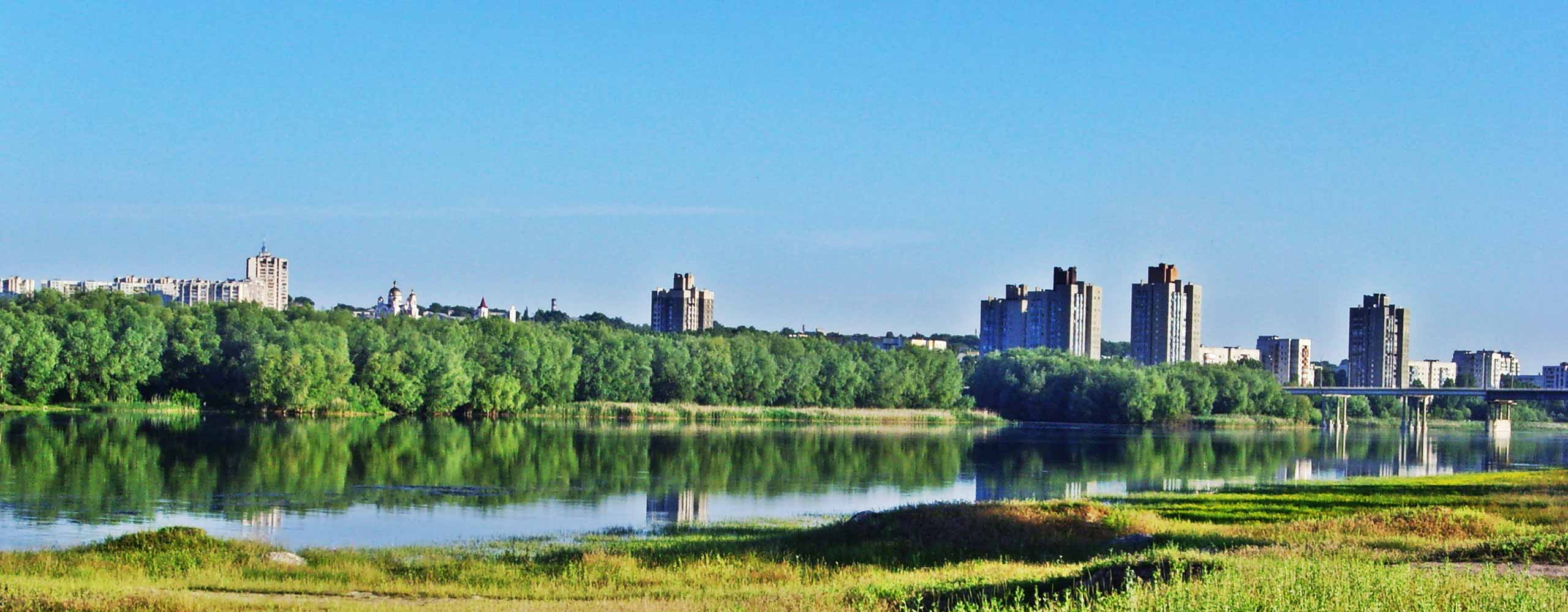Internationally, commitments to green economy were spelled out most prominently at the “Rio+20” Earth Summit. In a regional perspective, similar engagements were made through the Declaration of the 2011 Warsaw “Eastern Partnership” Summit. At the Vilnius Summit in 2013, participants from the European Union (EU) and the Eastern Partnership countries (Armenia, Azerbaijan, Belarus, Georgia, Republic of Moldova and Ukraine) acknowledged the mutual benefits of working together towards a green economy. The EaP GREEN programme responds to these efforts by supporting the EaP countries in developing effective national approaches to green growth which aim to foster economic growth and development while ensuring that natural assets continue to provide the resources and environmental services on which society's well-being depends.
Development context
Over the last twenty years, EaP countries shifted from centrally planned economic systems towards market-based and globally integrated economies. Today, the private sector represents the largest part of their economies. On average, some 90% of registered companies are small- and medium-sized enterprises. Most EaP countries are well integrated into the global economy, having strong trade relations with the EU. Four EaP countries are WTO members: Armenia, Georgia, Moldova and Ukraine. Due to considerable growth in the services sector, the structure of their economies changed drastically during the transition period following independence. Following the break-up of the Soviet Union, the sharp economic decline in the mid-1990s led to a dramatic increase in poverty and inequality. Although their economies have since recovered, the EaP countries have not experienced the quality of growth and improved trust in institutions that should accompany economic development.
Political will and nascent green economies
Concepts such as "sustainable development” and “green economy” have been recognised as guiding principles in a number of national development strategies - for example “Azerbaijan 2020” and “Moldova 2020”. Not only their titles, but also some of their priorities and targets are aligned with the “Europe 2020” strategy, which emphasises energy and resource efficiency. Many EaP countries have recently updated (e.g. Belarus, Georgia and Ukraine), which aim to encompass sustainable consumption and production practices as well as green economy concepts. Belarus, Georgia and Moldova have also begun developing green economy strategies.
Many sectoral strategies also aim to support a green economy. In the majority of EaP countries, green business opportunities have been linked to the energy and organic (or sustainable) agriculture sectors. Due to energy security concerns, energy efficiency and renewable energy promotion are high on the political agenda. Clean energy projects have been scaled up in Azerbaijan, Georgia, and Moldova. Organic farming increasingly contributes to agriculture-related income in Armenia, Moldova and Ukraine. Private sector strategies have been transforming as well. Resource efficient and cleaner production projects have been undertaken in the region since the mid-1990s. Dedicated resource efficiency and cleaner production centres are operational in Ukraine and Moldova.



